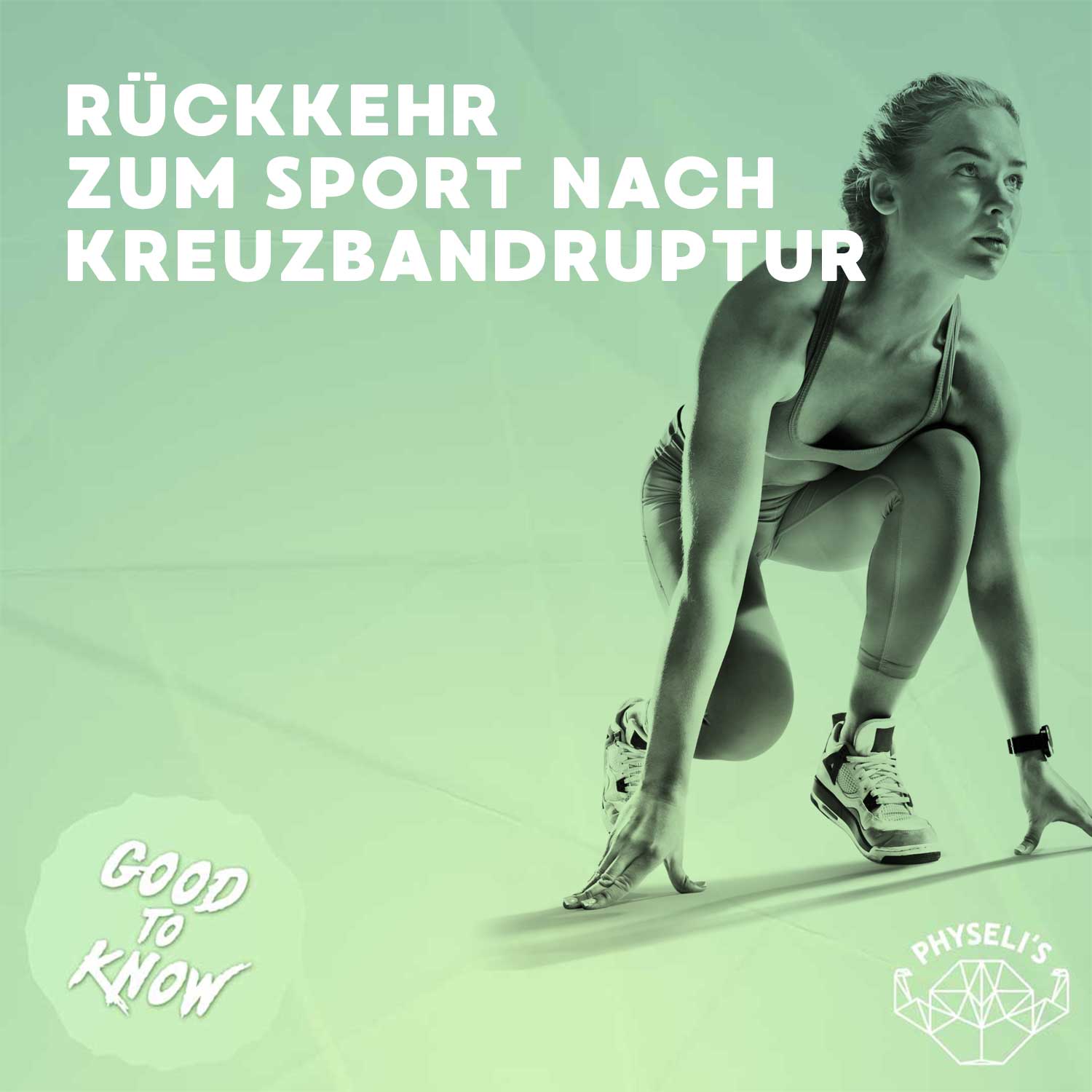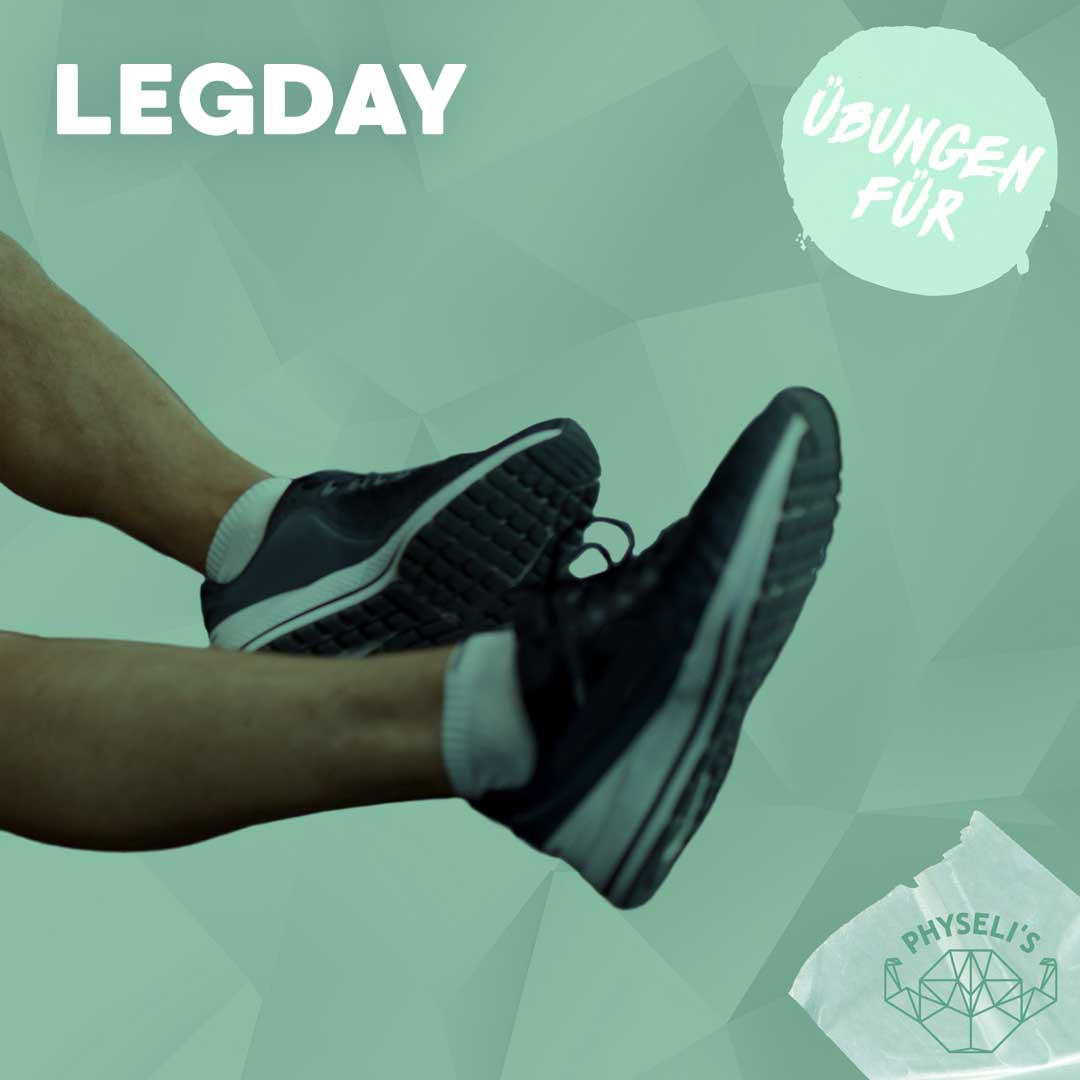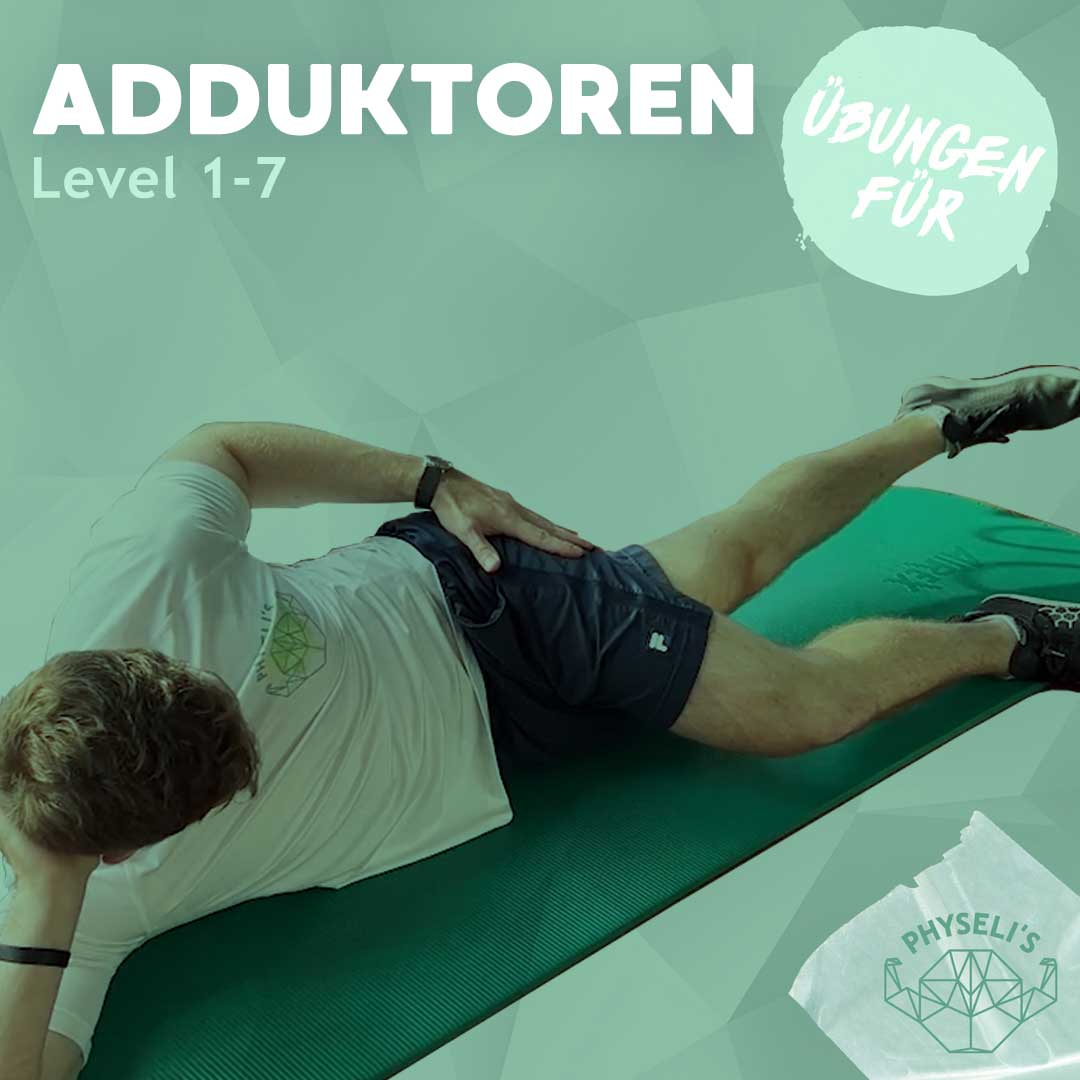The risk of re-injury after a cruciate ligament rupture is around 15%, and can even rise to 23% in young athletes (Wiggins et al., 2016). This highlights the critical importance of a careful and holistic approach when returning to sport in order to avoid long-term consequential damage to the knee. There are many aspects to consider when rehabilitating after an injury, as the individual differences of each patient and the specific characteristics of the injury require tailored treatment (Draovitch et al., 2022; Yung et al., 2022).
In addition to the rate of re-injury, the long-term outcome is also of crucial importance. In the long term, a cruciate ligament injury can be associated with an increased risk of osteoarthritis, impaired knee function and a reduced quality of life (Oiestad et al., 2011; Risberg et al., 2016). A holistic, function-oriented approach is therefore recommended, which not only aims to restore knee mobility and strength, but also to improve functional performance and stability (Meredith et al., 2020). In addition to targeted exercises and physiotherapeutic measures, this also includes individual care and appropriate psychological support to restore confidence in the injured knee and its abilities.
The initial focus is on the decision between surgical or conservative treatment of a cruciate ligament rupture. It is important to note that both options can be successful in the long term (Grindem et al., 2014). A joint decision-making process between patient and doctor that takes into account individual goals, expectations and the structural and functional circumstances is crucial in order to choose the best treatment option (Diermeier et al., 2020). Regardless of the chosen approach – whether surgical or conservative – an intensive rehabilitation process lays the foundation for long-term stability and resilience of the knee (Diermeier et al., 2020; Meredith et al., 2020).
For orientation, experts from the fields of surgery, sports medicine, physiotherapy and research around Meredith et al. (2020) Cornerstones of the return to sport process after a cruciate ligament rupture:
- The aim of the return-to-sport process is to return to the same level of performance after an injury as before, which includes aspects such as competition intensity and training frequency.
- A sports medical clearance is essential before returning to training or competition. Tests to assess knee function and mental state are particularly important here. In addition to the sports medical examination, the opinion of all persons involved, including coaches and players, should also be taken into account.
- A clearly structured and progressive plan should be followed during rehabilitation. The focus is on achieving important milestones, including the “return to sport-specific training”, the “return to sport” and finally the “return to top performance”. Physical and mental resilience, taking into account tissue healing, are of central importance for achieving these milestones. In addition to the cruciate ligament, all other affected structures such as the meniscus and medial collateral ligament must also be taken into account during the healing process.
- The return to sport should be accompanied by standardized and validated tests to check the function of the leg and psychological resilience. During functional testing, various parameters such as quality of movement, strength values of the muscles around the knee, mobility, balance and neuromuscular control of the lower limb and the entire body are assessed. In addition, psychological resilience can be assessed using a validated questionnaire.
- Contextual factors should also be taken into account when returning to sport. These include the specific type of sport (e.g. soccer, shot put, long-distance running), the time of the current competitive season, the individual position in the game (e.g. goal, forward) and the performance level.
Diermeier, T., Rothrauff, B. B., Engebretsen, L., Lynch, A. D., Ayeni, O. R., Paterno, M. V., Xerogeanes, J. W., Fu, F. H., Karlsson, J., Musahl, V., Svantesson, E., Hamrin Senorski, E., Rauer, T., & Meredith, S. J. (2020). Treatment after anterior cruciate ligament injury: Panther Symposium ACL Treatment Consensus Group. Knee Surg Sports Traumatol Arthrosc, 28(8), 2390-2402. https://doi.org/10.1007/s00167-020-06012-6
Draovitch, P., Patel, S., Marrone, W., Grundstein, M. J., Grant, R., Virgile, A., Myslinski, T., Bedi, A., Bradley, J. P., Williams, R. J., 3rd, Kelly, B., & Jones, K. (2022). The Return-to-Sport Clearance Continuum Is a Novel Approach Toward Return to Sport and Performance for the Professional Athlete. Arthrosc Sports Med Rehabil, 4(1), e93-e101. https://doi.org/10.1016/j.asmr.2021.10.026
Grindem, H., Eitzen, I., Engebretsen, L., Snyder-Mackler, L., & Risberg, M. A. (2014). Nonsurgical or Surgical Treatment of ACL Injuries: Knee Function, Sports Participation, and Knee Reinjury: The Delaware-Oslo ACL Cohort Study. J Bone Joint Surg Am, 96(15), 1233-1241. https://doi.org/10.2106/jbjs.M.01054
Meredith, S. J., Rauer, T., Chmielewski, T. L., Fink, C., Diermeier, T., Rothrauff, B. B., Svantesson, E., Hamrin Senorski, E., Hewett, T. E., Sherman, S. L., & Lesniak, B. P. (2020). Return to sport after anterior cruciate ligament injury: Panther Symposium ACL Injury Return to Sport Consensus Group. Knee Surg Sports Traumatol Arthrosc, 28(8), 2403-2414. https://doi.org/10.1007/s00167-020-06009-1
Oiestad, B. E., Holm, I., Engebretsen, L., & Risberg, M. A. (2011). The association between radiographic knee osteoarthritis and knee symptoms, function and quality of life 10-15 years after anterior cruciate ligament reconstruction. Br J Sports Med, 45(7), 583-588. https://doi.org/10.1136/bjsm.2010.073130
Risberg, M. A., Oiestad, B. E., Gunderson, R., Aune, A. K., Engebretsen, L., Culvenor, A., & Holm, I. (2016). Changes in Knee Osteoarthritis, Symptoms, and Function After Anterior Cruciate Ligament Reconstruction: A 20-Year Prospective Follow-up Study. Am J Sports Med, 44(5), 1215-1224. https://doi.org/10.1177/0363546515626539
Wiggins, A. J., Grandhi, R. K., Schneider, D. K., Stanfield, D., Webster, K. E., & Myer, G. D. (2016). Risk of Secondary Injury in Younger Athletes After Anterior Cruciate Ligament Reconstruction: A Systematic Review and Meta-analysis. Am J Sports Med, 44(7), 1861-1876. https://doi.org/10.1177/0363546515621554
Yung, K. K., Ardern, C. L., Serpiello, F. R., & Robertson, S. (2022). A Framework for Clinicians to Improve the Decision-Making Process in Return to Sport. Sports Medicine – Open, 8(1), 52. https://doi.org/10.1186/s40798-022-00440-z
💚Do you need support with your workout, rehabilitation after injury or just want to feel more comfortable and healthy in your body overall? Check out our offer or book a free online consultation.⠀




